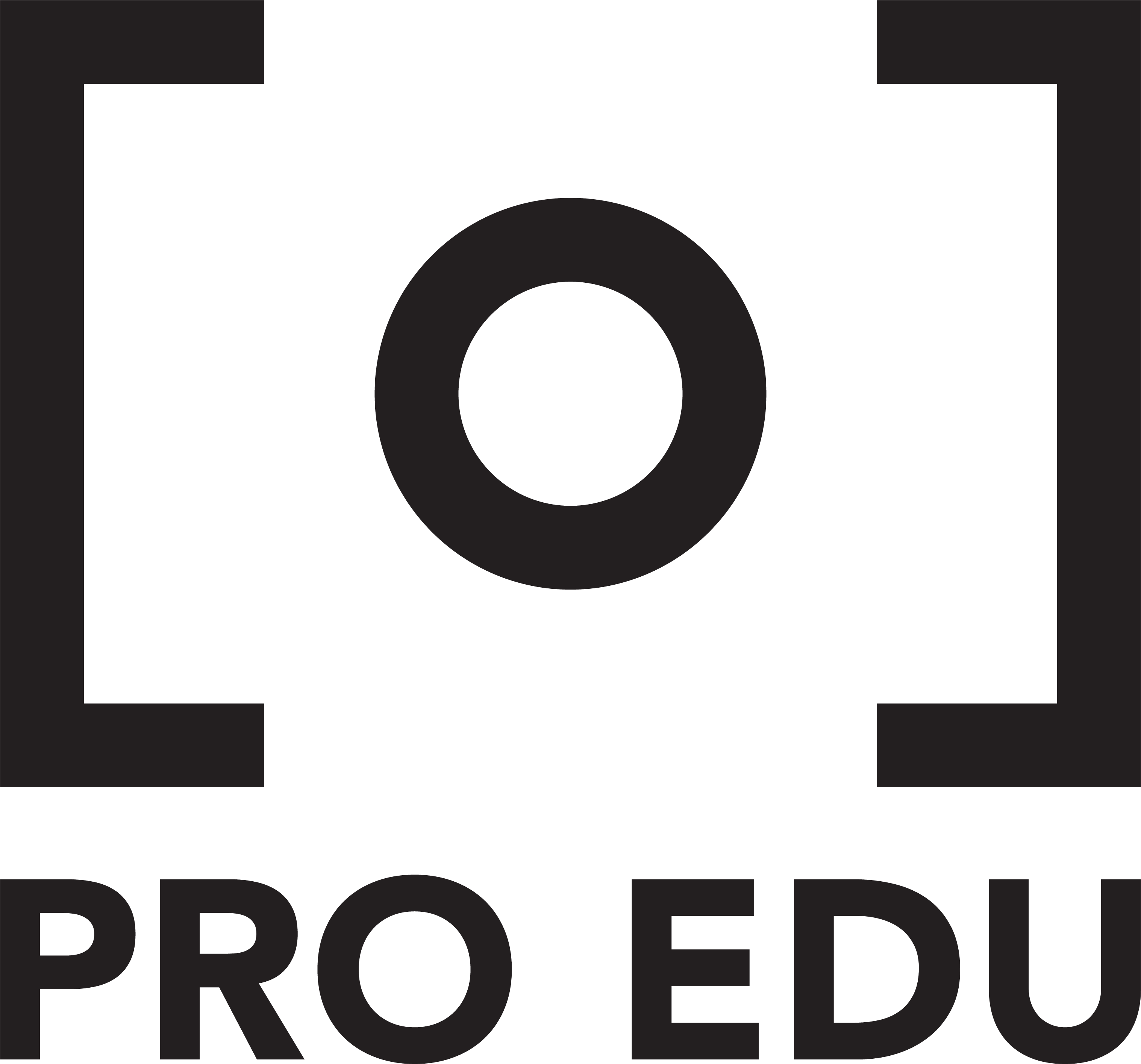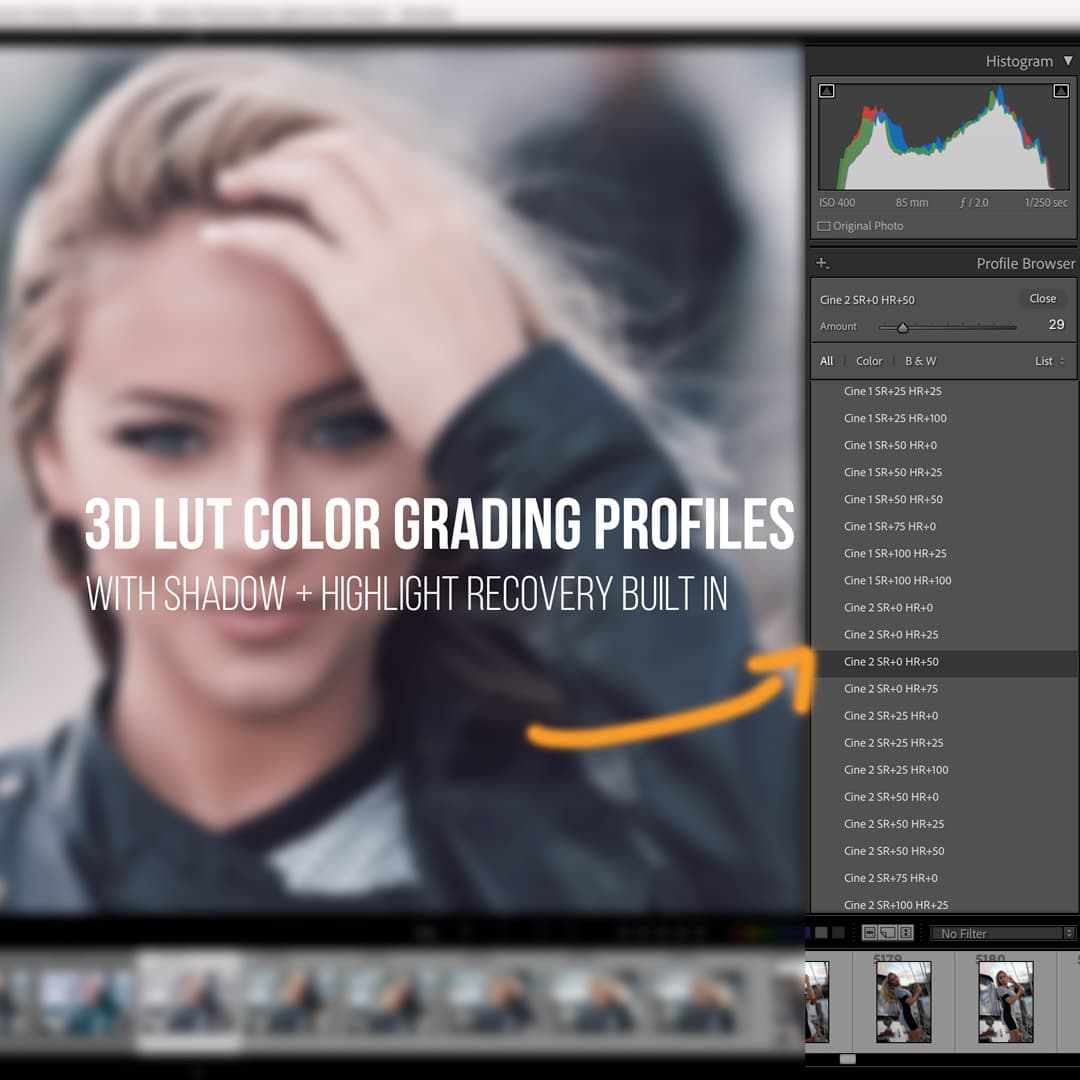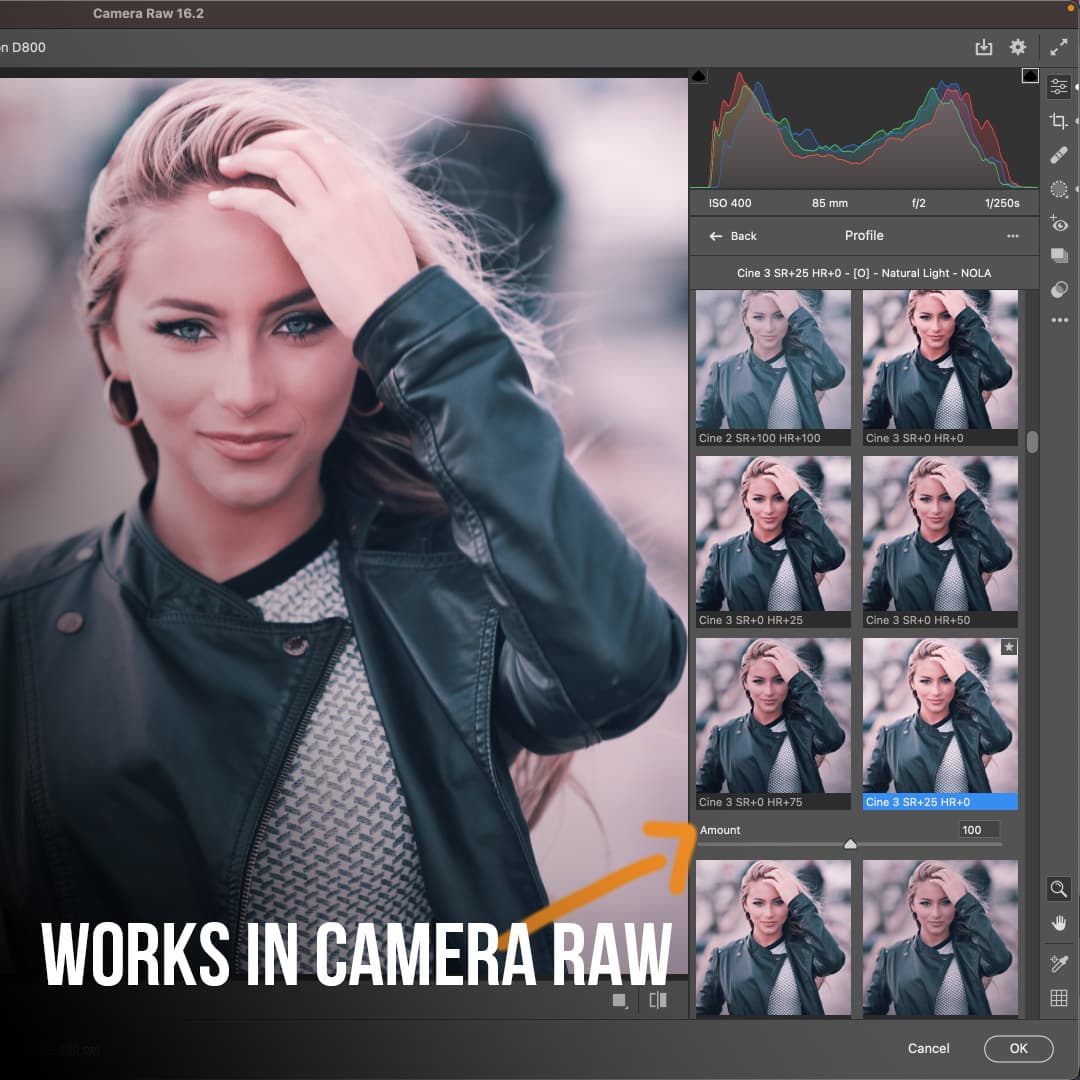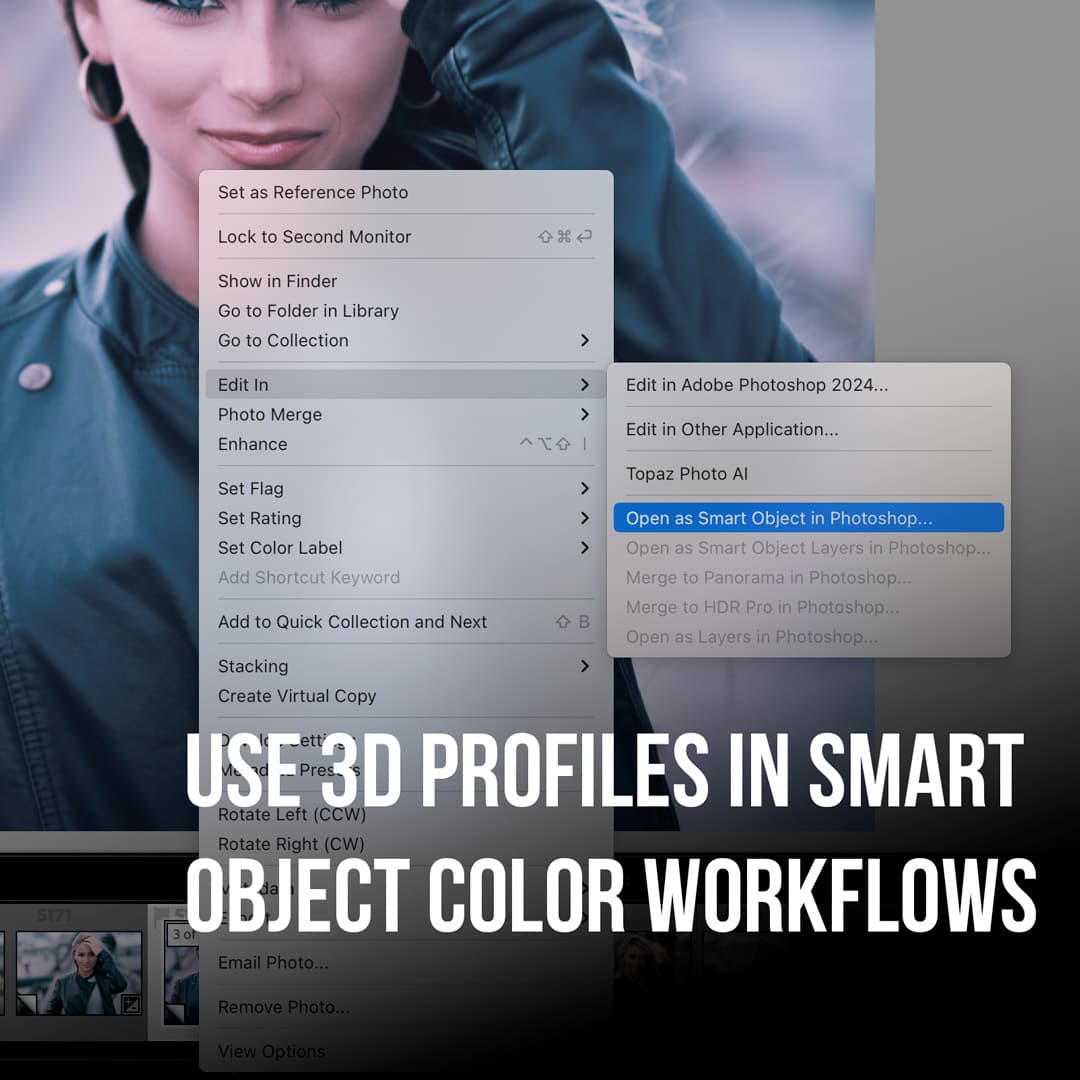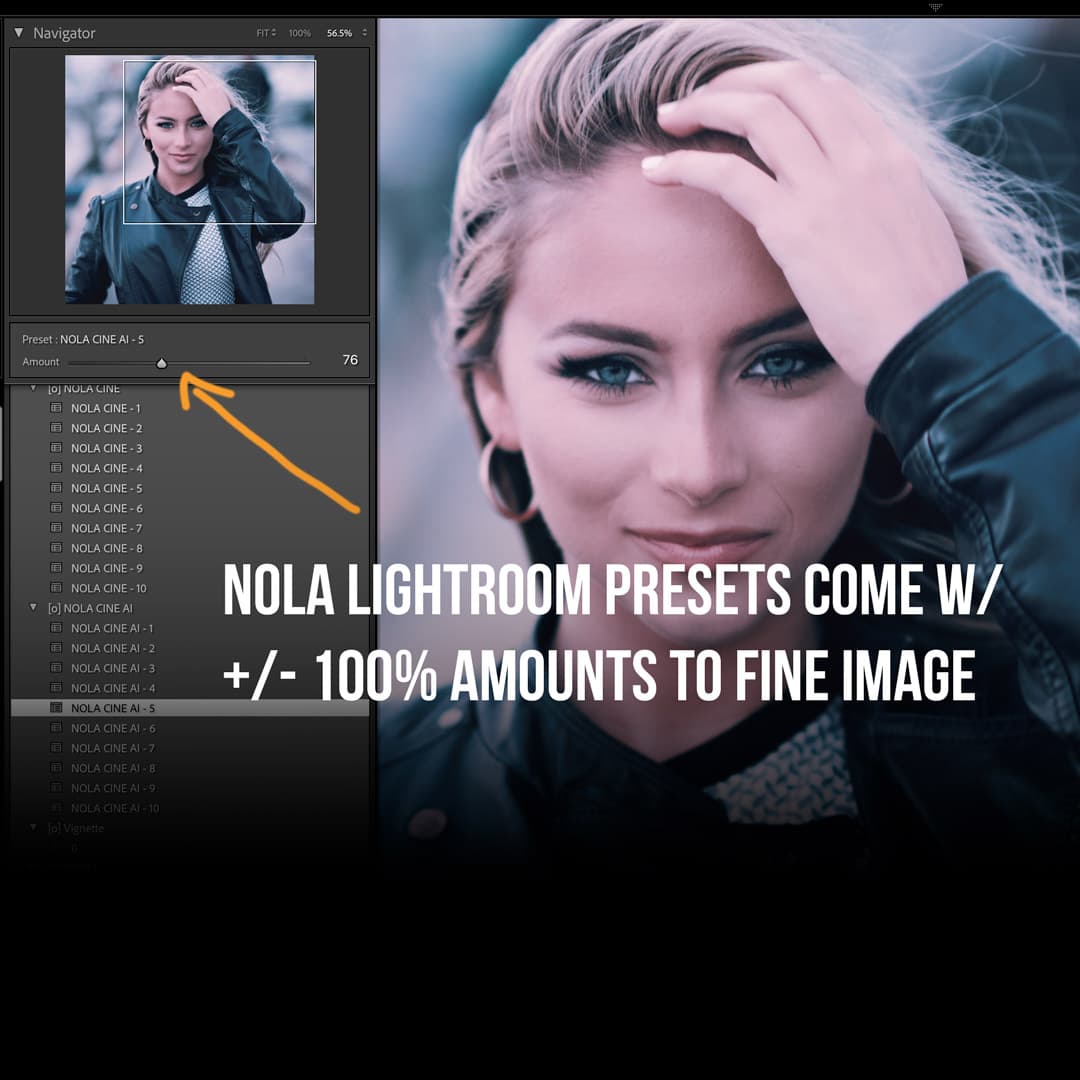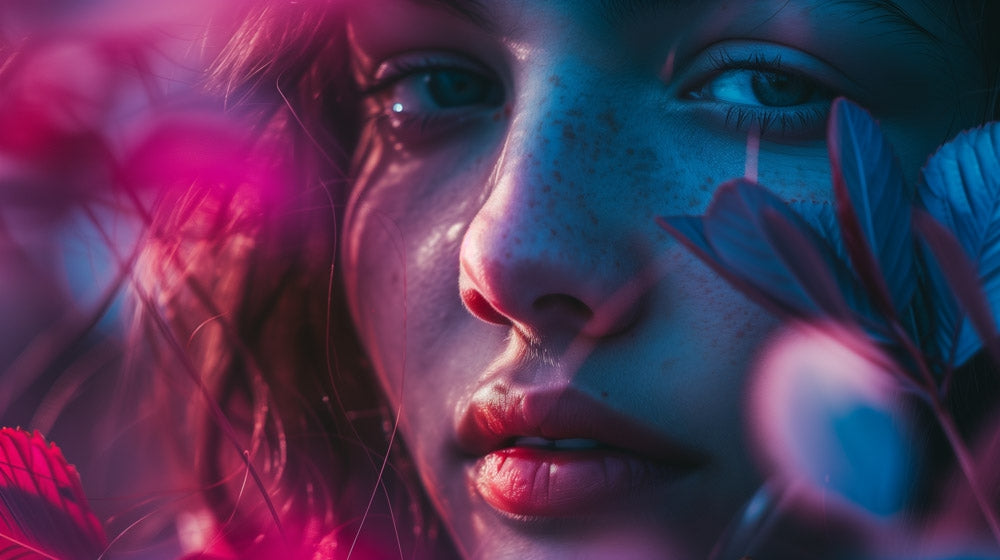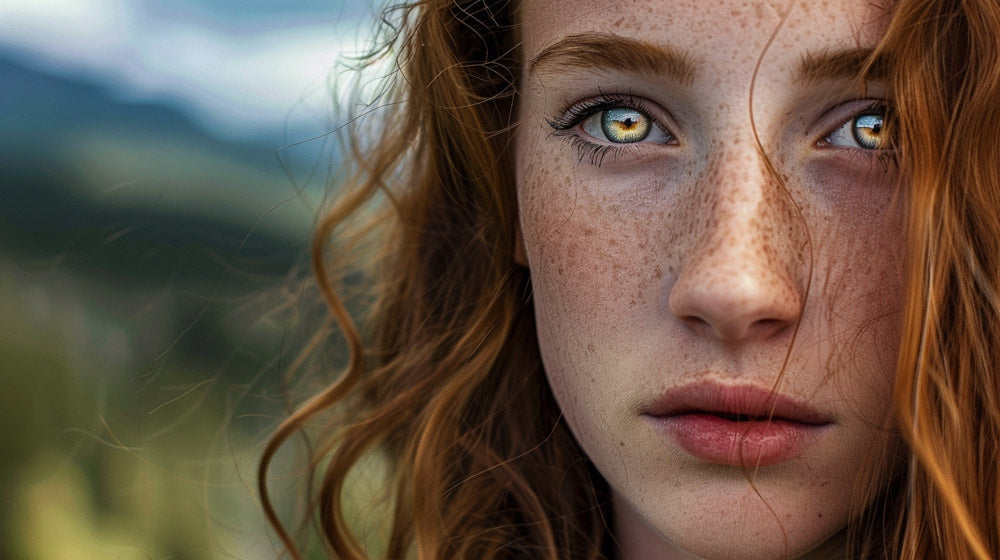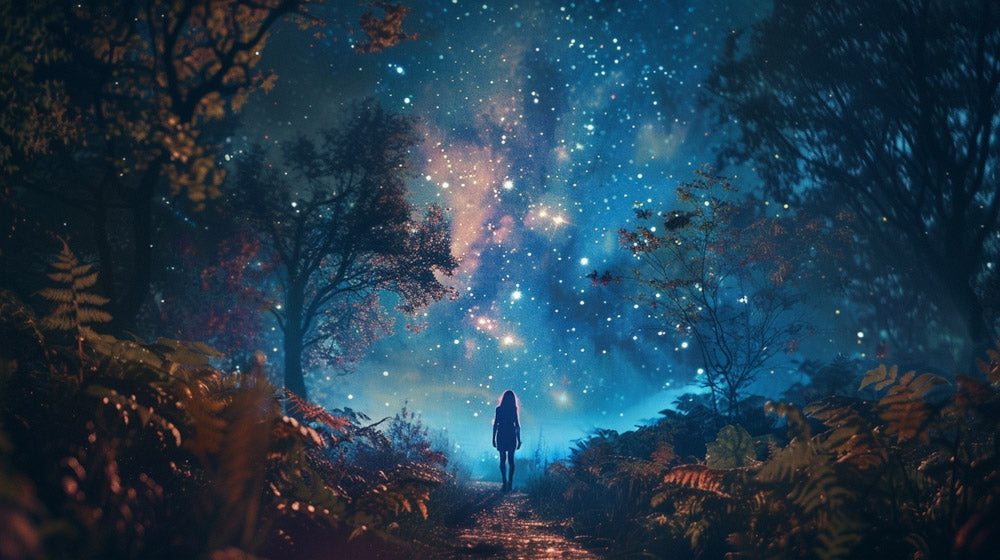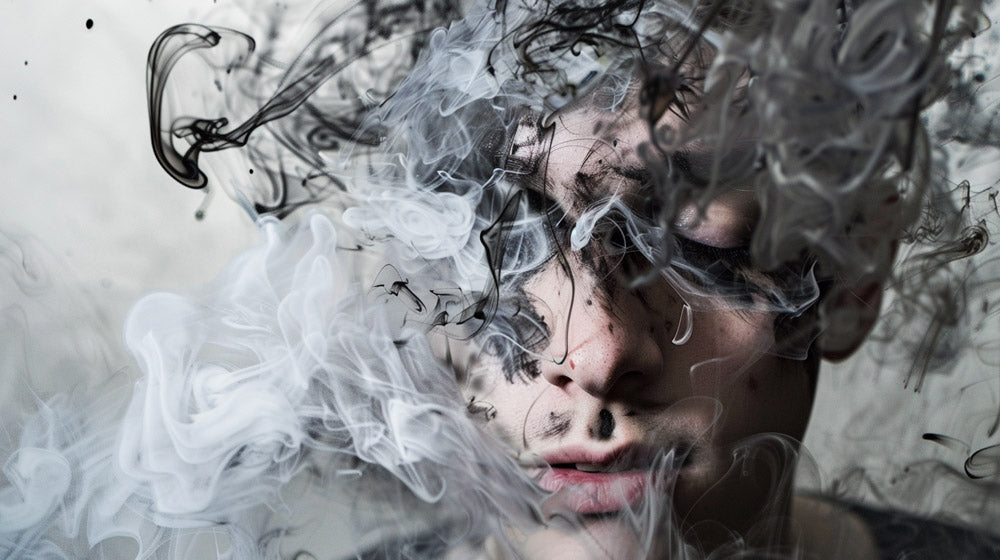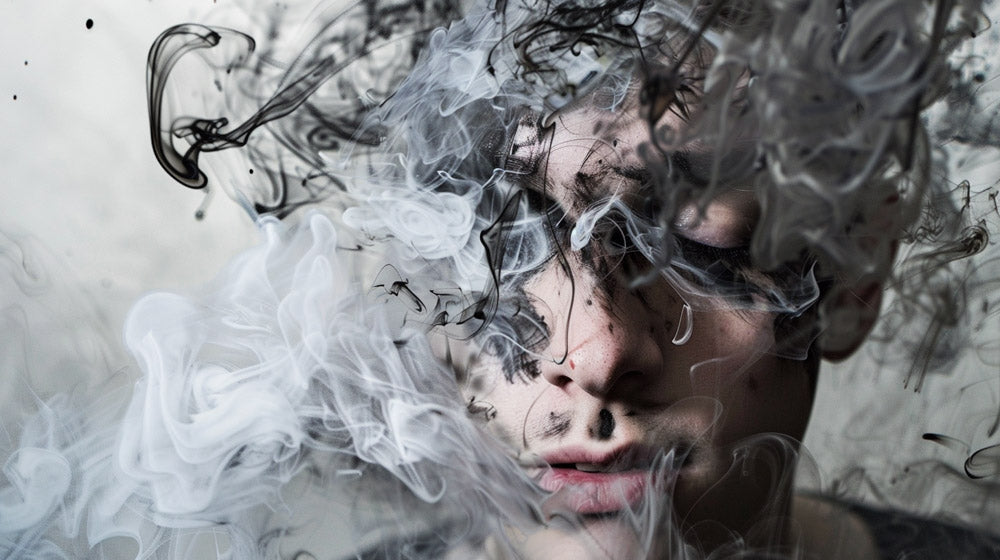Creating animated GIFs in Adobe Photoshop is a fun and practical skill for any digital artist or content creator. These eye-catching graphics can bring life to websites, social media posts, and presentations.
To make a GIF in Photoshop, you'll use the Timeline panel to organize your layers into frames, set the timing for each frame, and then export your creation as an animated GIF.
We'll walk you through the process step-by-step, from setting up your project to fine-tuning your animation settings. You'll learn how to create frame animations from layers and even convert video clips into GIFs. Whether you're a beginner or an experienced Photoshop user, you'll find valuable tips to enhance your GIF-making skills.
By the end of this guide, you'll be equipped to create fun GIFs that capture attention and convey your message effectively. Let's dive into the world of animated GIFs and unlock the creative possibilities Photoshop has to offer.
Key Takeaways
- Photoshop's Timeline panel is essential for organizing layers into frames for GIF creation
- Proper timing and frame order are crucial for smooth, effective animated GIFs
- Optimizing file size and quality is key when exporting your finished GIF
Understanding GIFs and Their Usage in Digital Media
GIFs have become an integral part of digital communication. These versatile image files combine animation and static visuals to convey messages, emotions, and ideas across various online platforms.
The Basics of GIFs
GIFs, or Graphics Interchange Format files, are a type of image file that can display both static and animated content. They support up to 256 colors, making them ideal for simple animations and graphics.
We can create GIFs from a series of images or video clips. The resulting file plays on a continuous loop, often without sound. This looping feature is what makes GIFs so appealing and easily shareable.
GIFs are widely supported across different devices and browsers. Their small file size allows for quick loading times, making them perfect for use on websites and in messaging apps.
GIFs in Social Media and Memes
GIFs have found a special place in social media and internet culture. They're frequently used to express reactions, emotions, or humor in a concise and visually engaging way.
On platforms like Twitter and Facebook, GIFs can boost engagement and help convey messages more effectively than text alone. Many social media sites now include built-in GIF search functions, making it easy for users to find and share relevant animations.
Memes often utilize GIFs to add movement and comedic timing to their content. While memes can be static images, GIFs allow for more dynamic and attention-grabbing presentations.
We've seen GIFs evolve from simple animations to a form of visual shorthand in online conversations. They've become a language of their own, allowing users to communicate complex ideas or emotions with a single, looping image.
Setting Up Your Project in Photoshop
Creating a GIF in Photoshop starts with proper project setup. We'll cover how to initiate a new file and utilize layers effectively.
Starting a New Photoshop File
To begin, we'll open Adobe Photoshop and create a new project. Select "File" > "New" from the top menu. Choose dimensions that suit your GIF's purpose - typically 500x500 pixels for social media.
Set the resolution to 72 pixels/inch for web display. Select RGB Color mode, as GIFs are viewed on screens. Name your file descriptively for easy identification later.
Click "Create" to open your new canvas. This blank slate is where we'll build our animated GIF frame by frame.
Importance of Multiple Layers
Multiple layers are crucial for creating GIF animations in Photoshop. Each layer represents a frame in the animation sequence.
We recommend creating a new layer for each element that will move independently. This allows for precise control over individual parts of the animation.
To add a layer, click the "New Layer" icon in the Layers panel. Name each layer descriptively to stay organized as your project grows.
Layers also enable easy editing and adjustments without affecting other parts of the animation. We can hide, show, or rearrange layers to fine-tune our GIF's appearance and timing.
Creating Frame Animations from Layers
Frame animations in Photoshop allow us to create dynamic GIFs by sequencing layers. We'll explore how to use the Timeline panel and convert layers into frames for smooth animations.
Using the Timeline Panel
To begin creating frame animations, we need to open the Timeline panel. We can do this by going to Window > Timeline. Once open, we'll click on "Create Frame Animation" from the dropdown menu.
The Timeline panel displays our frames sequentially. We can adjust the duration of each frame by clicking on the time below it. To preview our animation, we'll use the playback controls at the bottom of the panel.
We can easily duplicate frames by selecting one and clicking the "Duplicate selected frames" button. This is useful for creating subtle movements or transitions between key poses.
Creating Frames from Layers
Converting layers to frames in the Timeline panel is a straightforward process. We'll start by organizing our Photoshop file with each element on a separate layer. Then, in the Layers panel, we'll turn visibility on for the layers we want in the first frame.
Next, we'll click "New Frame" in the Timeline panel. This creates a snapshot of the current layer visibility. We'll repeat this process, adjusting layer visibility for each new frame.
For smoother animations, we can use the "Tween" feature. We'll select two frames and click "Tween" to automatically generate intermediate frames. This helps create fluid motion between key poses.
Remember to set the looping options in the Timeline panel to determine how many times the animation will repeat.
Designing Your Animation
Creating engaging GIF animations requires thoughtful design choices and effective use of tools. We'll explore techniques for crafting compelling frame-by-frame animations and leveraging Adobe Stock and Illustrator to enhance your designs.
Animation Frame Design Techniques
When designing frames for your GIF, focus on smooth transitions between elements. We recommend starting with key frames that represent major changes in the animation. Fill in the gaps with intermediate frames to create fluid motion.
Use simple shapes and bold colors to ensure clarity at small sizes. Limit the number of moving elements to avoid overwhelming viewers.
Consider looping potential by designing your last frame to seamlessly connect back to the first. This creates infinitely repeating animations.
Experiment with timing. Adjust frame durations to control pacing and emphasize specific moments in your animation.
Incorporating Adobe Stock and Illustrator
Adobe Stock offers a vast library of images and graphics to enhance your GIFs. We can import these assets directly into Photoshop layers.
For custom vector elements, create designs in Illustrator and bring them into Photoshop as Smart Objects. This allows for easy scaling and editing without loss of quality.
Combine Stock photos with Illustrator graphics to create unique compositions. Use masks and blend modes to integrate diverse elements seamlessly.
Remember to respect licensing terms when using Stock assets in your GIFs. Always attribute creators appropriately if required.
Converting Video to Animated GIFs
Creating animated GIFs from video clips in Photoshop is a straightforward process. We'll explore two efficient methods: converting video frames to layers and using the Load Files into Stack feature.
Video Frames to Layers
To convert a video clip into an animated GIF in Photoshop, we start by importing the video file. Open Photoshop and go to File > Import > Video Frames to Layers. Select your video file and click Open.
In the Import Video to Layers dialog box, choose the portion of the video you want to convert. Use the start and end timecodes to define your selection.
Next, decide how many frames to import. Importing every frame will create a smoother animation but larger file size. Importing every 2nd or 3rd frame reduces file size but may result in choppier motion.
After import, each video frame becomes a separate layer in your Photoshop document. We can now edit these layers individually if needed.
Using Load Files into Stack
Another method to create animated GIFs is by using the Load Files into Stack feature. This approach works well when you have a series of images or frames already extracted from your video.
First, prepare your image sequence. Then, in Photoshop, go to File > Scripts > Load Files into Stack. Click Browse and select all the images you want to include in your GIF.
Check the option to "Attempt to Automatically Align Source Images" if your frames aren't perfectly aligned. Click OK, and Photoshop will create a new document with each image on a separate layer.
With either method, we can now proceed to optimize our layers and export the final animated GIF using Photoshop's Save for Web feature.
Fine-Tuning the Animation Settings
Mastering animation settings is crucial for creating polished GIFs in Photoshop. We'll explore how to adjust timing and frame duration for smooth transitions, as well as configure looping options to control playback behavior.
Adjusting Timing and Frame Duration
To fine-tune your GIF's animation, open the Timeline window in Photoshop. This tool allows precise control over each frame's duration.
Click on individual frames to adjust their timing. For smoother animations, we recommend using consistent frame durations. However, varying durations can create interesting effects for certain scenes.
To change multiple frames at once, select them in the Timeline and modify the duration value. This is particularly useful for maintaining rhythm in your animation.
For advanced control, use the "Tween" feature. It creates intermediate frames between two selected frames, resulting in smoother transitions.
Setting Looping Options
Looping options determine how your GIF plays when viewed. We can set these in the Timeline window before exporting.
The most common setting is "Forever," which makes the GIF repeat indefinitely. This is ideal for most web applications and social media platforms.
For a specific number of repetitions, choose "Once" or enter a custom number. This can be useful for animations that tell a story or have a definite endpoint.
The "Alt+Click" the play button in the Timeline to preview your looping animation. This helps ensure the transition from the last frame back to the first is seamless, creating a smooth infinite loop.
Saving and Exporting Your GIF
Creating a GIF in Photoshop is just the first step. Properly saving and exporting your animated creation ensures it displays correctly across different platforms and devices.
Using Save for Web
To export your GIF, navigate to File > Export > Save for Web (Legacy). This opens a dialog box with various export options. Select GIF from the preset dropdown menu.
Adjust the color reduction algorithm and dithering options to balance file size and quality. Lower the number of colors to reduce file size, but be careful not to compromise image quality.
Set the looping options for your animated GIF. Choose "Forever" for continuous looping or specify a number of repetitions.
Preview your GIF in the dialog box to ensure smooth animation and correct timing. Adjust frame delay if needed to perfect the animation speed.
Finalizing Your GIF File
Once satisfied with the preview, click Save to choose a destination for your file. Give your GIF a descriptive name and select the appropriate folder.
Before finalizing, double-check the file size. If it's too large, return to the Save for Web dialog and make further adjustments to color and quality settings.
After saving, test your GIF in a web browser to verify it displays correctly. Check that the animation loops smoothly and all frames appear as intended.
If changes are needed, you can always return to your Photoshop project and re-export. Keep the original PSD file for future edits or variations of your GIF.
Best Practices and Tips
When creating GIFs in Photoshop, we recommend starting with high-quality source images. This ensures your final animation looks crisp and professional.
Keep your GIF file size manageable by limiting the number of frames. Frame-by-frame animation is effective, but too many frames can result in large files.
We suggest using a consistent frame rate throughout your animation. This creates a smooth, polished look that enhances the viewer's experience.
Consider the purpose of your GIF when deciding on its dimensions. Smaller sizes work well for social media, while larger sizes are better for detailed designs.
Color optimization is crucial. We advise using a limited color palette to reduce file size without compromising quality.
To add visual interest, experiment with looping techniques. Seamless loops can create mesmerizing, infinite animations.
When exporting, balance quality and file size. We recommend testing different export settings to find the optimal balance for your specific GIF.
Remember to preview your GIF at full size before finalizing. This helps catch any issues that might not be visible in the Photoshop workspace.
Frequently Asked Questions
Creating GIFs in Photoshop involves several techniques, from converting videos to combining images. We'll explore the steps for various methods and address common questions about the process.
What are the steps for creating a GIF from a video in Photoshop?
To create a GIF from a video in Photoshop, we start by importing the video file. We then use the Timeline panel to select the desired portion of the video. Next, we adjust the frame rate and duration to suit our needs.
After that, we apply any necessary edits or effects to the frames. Finally, we export the project as a GIF using the "Save for Web" option, optimizing the settings for file size and quality.
Can you make a GIF by combining multiple images in Photoshop, and if so, how?
Yes, we can create a GIF by combining multiple images in Photoshop. We begin by opening all the images as separate layers in a single Photoshop document. Then, we use the Timeline panel to create frame animations, assigning each layer to a frame.
We can adjust the timing and order of the frames as needed. Once satisfied with the animation, we export it as a GIF using the "Save for Web" option.
What is the process for exporting an animated GIF from Photoshop?
To export an animated GIF from Photoshop, we first ensure our animation is complete in the Timeline panel. Then, we go to File > Export > Save for Web (Legacy). In the dialog box, we select GIF as the file format.
We adjust settings like color reduction, dithering, and lossy compression to optimize file size and quality. Finally, we choose a destination and click Save to export our animated GIF.
How do you create a GIF in Photoshop Elements?
Creating a GIF in Photoshop Elements is similar to the process in full Photoshop. We start by opening our images or video in the Elements Editor. Then, we use the Create menu to select "Guided > Fun Edits > Animated GIF."
We follow the guided steps to add frames, adjust timing, and preview our animation. Once satisfied, we save the project as a GIF, choosing appropriate settings for quality and file size.
What method is used to convert a static image into an animated GIF in Photoshop?
To convert a static image into an animated GIF in Photoshop, we begin by duplicating the image layer multiple times. We then make slight alterations to each layer to create the illusion of movement.
Using the Timeline panel, we create a frame animation, assigning each layer to a frame. We adjust the timing and order of frames as needed. Finally, we export the animation as a GIF using the "Save for Web" option.
Is it possible to make a GIF in Photoshop without prior animation experience, and what are the basic steps?
Yes, it's possible to make a GIF in Photoshop without prior animation experience. The basic steps include opening your images or video in Photoshop and using the Timeline panel to create frame animations.
We then adjust the timing and order of frames, apply any necessary edits or effects, and preview the animation. Once satisfied, we export the project as a GIF using the "Save for Web" option. Then, we optimize settings for file size and quality.

